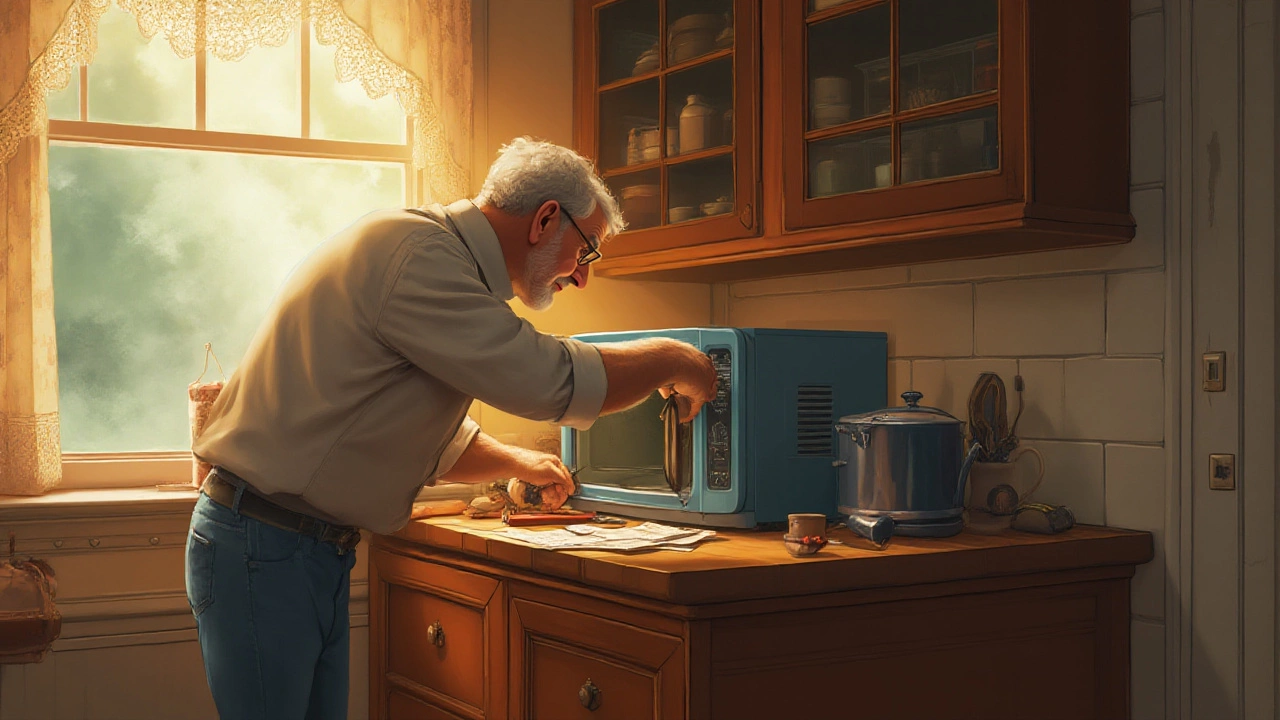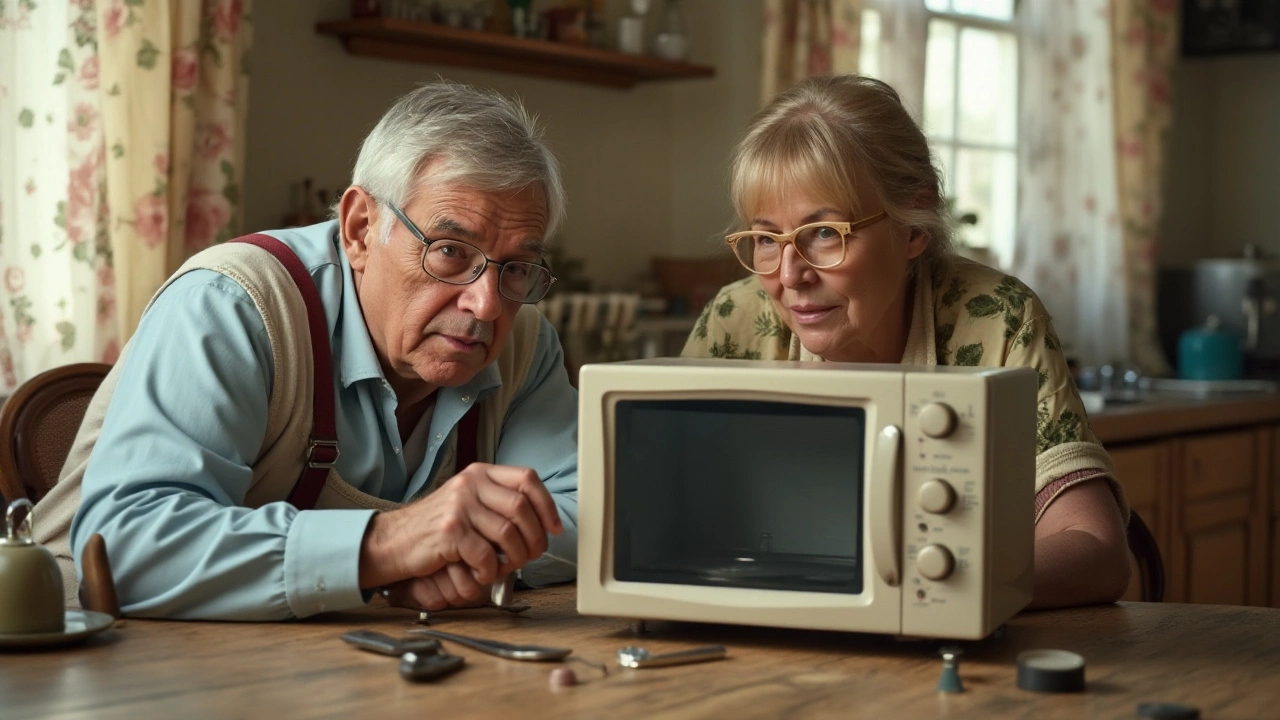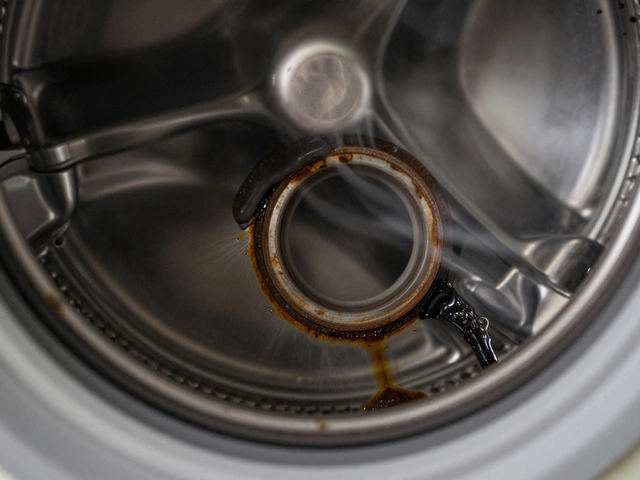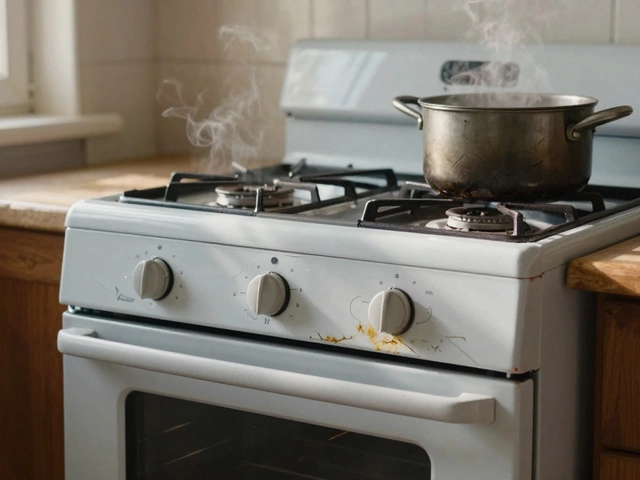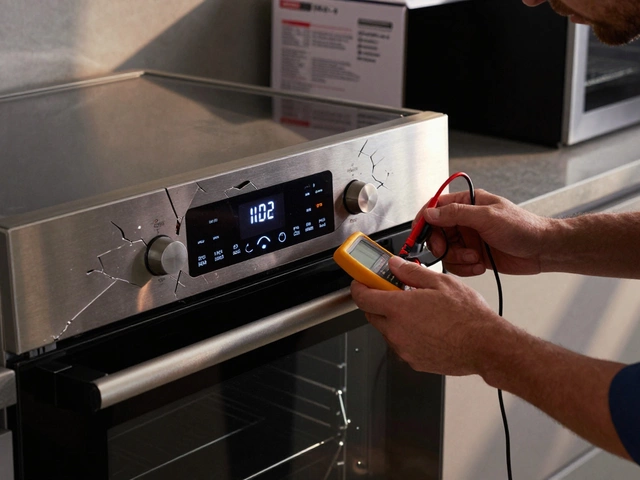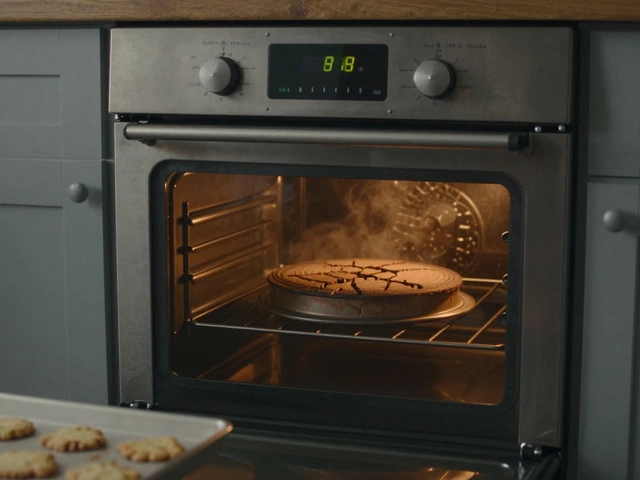Fix Microwave: Quick Tips for Common Problems
If your microwave hums but won’t heat, or the turntable won’t spin, you’re probably wondering if you can fix it yourself. The good news is many faults are easy to spot and repair without calling a technician. Below are the most common issues, how to test them, and safe fixes you can try at home.
Check the Power and Door Switches
First, make sure the microwave is actually getting power. Plug it into a different outlet or test the outlet with another device. If the plug is fine, look at the door latch. A broken latch or misaligned door switch will stop the microwave from starting because it thinks the door is open. Open the door and listen for a click when it closes – no click usually means the switch needs cleaning or replacement.
Diagnose the Magnetron and Other Key Parts
The magnetron is the part that creates microwaves. If you hear a loud buzz but no heat, the magnetron may be failing. Test it with a multimeter: set the meter to ohms, touch the leads to the magnetron’s terminals, and look for a reading around 0.5‑2 Ω. Anything higher suggests a bad magnetron, which you’ll need to replace. While you’re at it, check the high‑voltage diode and capacitor – they often fail together and cause heating problems.
Another common culprit is the turntable motor. If the plate won’t spin, remove it, check the roller guide for debris, and spin the motor shaft by hand. If it feels stiff or doesn’t move, the motor is probably burned out and needs a new one. Replacing the motor is usually cheap and straightforward.
Control board issues can also prevent a microwave from working. Look for burnt spots, cracked solder joints, or loose connectors on the PCB. If the display is flickering or the keypad is unresponsive, the board may need cleaning with a contact cleaner or a full replacement.
Safety First – When to Stop and Call a Pro
Microwaves store high voltage even when unplugged, so always discharge the capacitor before touching internal parts. If you’re uncomfortable working with electrical components, or if the fault involves the high‑voltage transformer, it’s safest to call a qualified repair service. Trying to fix a serious issue yourself can be dangerous and may void any warranty.
Also, if the microwave is over 10 years old and the repair cost approaches half the price of a new unit, consider replacing it. New models are more energy‑efficient and often come with better safety features.
Quick DIY Checklist
- Confirm the microwave is plugged into a working outlet.
- Listen for the door latch click; replace if faulty.
- Check the fuse and circuit breaker.
- Test the magnetron, diode, and capacitor with a multimeter.
- Inspect the turntable motor and roller guide.
- Examine the control board for visible damage.
- Always discharge the capacitor before any internal work.
- Call a professional if you’re unsure about high‑voltage components.
By following these steps you can often save time and money on a microwave that’s acting up. Remember, a simple latch or motor issue is usually easy to fix, while magnetron and high‑voltage problems are best left to the pros. Keep this guide handy, and you’ll know exactly what to do the next time your microwave stops heating.
2 August 2025
·
0 Comments
Microwave ovens seem simple, but are they? Find out how easy—or tricky—microwave repair really is, plus tips for fixing common problems at home.
Read more
25 August 2024
·
0 Comments
Microwaves are a staple in modern kitchens, but they're not invincible. Considerations about repairing them depend on factors such as the nature of the issue, the age of the appliance, and repair costs compared to buying new. This article delves into common problems, expenses, and when opting for a DIY fix makes sense. Read on to make an informed decision about whether your microwave deserves a second chance.
Read more

